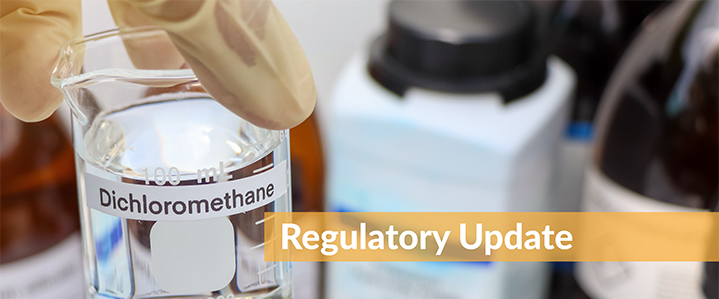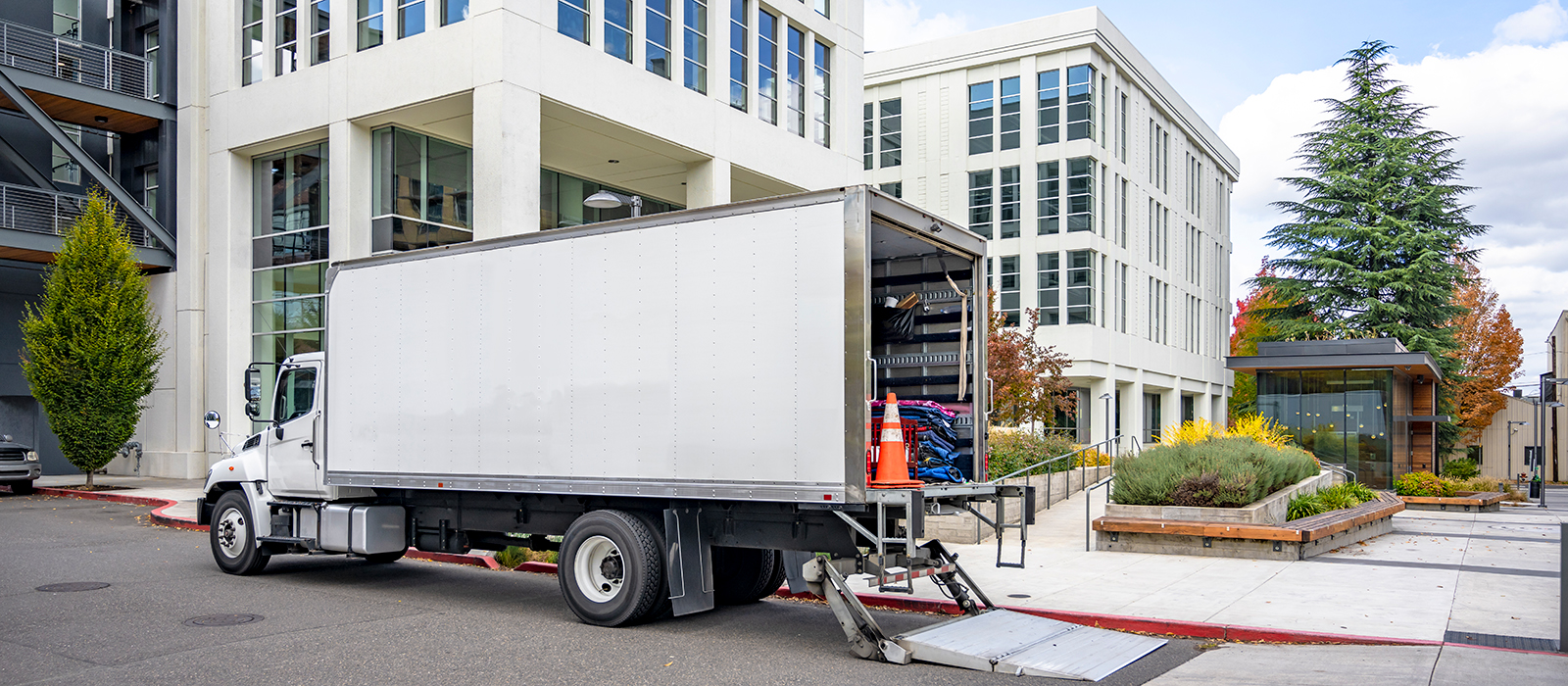Oil Spill Prevention and Compliance: Does the SPCC Rule Apply to Your Facility?

Typically, when we think about the dangers of oil spills, we think of mass quantities of oil affecting large bodies of water. However, effective oil spill protection involves thinking much broader and smaller. In fact, just one single pint of oil spilled into a body of water can damage up to an acre of an aquatic habitat.
In addition to causing significant environmental damage, oil spills also pose a risk to public health, impacting drinking water and resulting in financial ramifications. In an effort to prevent oil spills both large and small, the Environmental Protection Agency (EPA), designed an oil spill protection program, which includes the Spill Prevention, Control and Countermeasure (SPCC) regulations. Published under the authority of the Clean Water Act in 1973, SPCC regulations require facilities to be vigilant by developing a written plan of preparedness and regularly training employees on prevention and response measures.
While SPCC plans are very effective when implemented, many facilities aren’t aware that they need to be compliant with this particular environmental regulation. Facilities that are already compliant with other environmental regulations — like hospitals or those in the biotech industry — are more likely to be aware of SPCC requirements than facilities without significant environmental concerns.
Some facilities make the mistake of believing they don’t store enough oil to qualify or aren’t close enough to a waterway to cause concern. For instance, if your building has a backup power generator, the fuel tank alone may be large enough to subject your facility to SPCC regulations.
SPCC compliance is important to ensure environmental health and safety but failing to comply can also result in hefty fines and penalties. So, how do you know if the SPCC rule applies to your facility? And what can you do to become compliant?
Facilities Covered by the SPCC Rule
SPCC applies to facilities that have in containers of 55-gallons or more:
- An aggregate aboveground oil storage capacity greater than 1,320 gallons
- A completely buried oil storage capacity greater than 42,000 gallons
If your facility meets one of the above requirements and there is a reasonable possibility of discharging oil into navigable waters or adjourning shorelines, your facility is subject to the SPCC rule. This includes oil of any type or in any form (even cooking oil). Impacts to navigable waters can be through tributaries of navigable waters, as well as man-made pathways to these waters such as storm sewers.
Complying with the SPCC Rule
Maintaining compliance with the SPCC rule is twofold:
- Facilities must take steps and precautions to prevent oil spills.
- Facilities must develop and certify a written SPCC plan.
In order to demonstrate spill prevention initiatives, facilities need to regularly train their staff members who use or manage oil, or are part of a spill response team. SPCC regulations require that at least once a year, staff be trained on oil storage and handling, procedures to prevent oil spills, spill reporting procedures and spill containment. This includes ensuring employees know how to properly operate specific equipment and are familiar with the facility’s SPCC plan.
In addition to regular training, facilities are also required to conduct both routine and comprehensive inspections. Routine inspections should be conducted on a monthly basis and involve checking for evidence of spills, particularly around drainage systems, like sumps and floor drains. Comprehensive inspections should be conducted on an annual basis and are designed to assess the effectiveness of the existing SPCC plan.
Preparing an SPCC Plan
Your facility’s SPCC plan will be unique to your specific procedures and oil uses. However, all SPCC plans have certain similar components:
- General facility information
- Description of oil storage areas
- Procedures for reporting and responding to a spill
- Inspection procedures
- Training requirements
- Inspection and incident report forms
In most cases, a licensed professional engineer must certify your SPCC plan to ensure it includes the proper control measures and countermeasures to both prevent oil spills and contain an oil spill, should one occur.
Failing to Comply with SPCC Regulations
If the EPA does an inspection of your facility and discovers you aren’t in compliance with SPCC regulations — or, worse, if a spill occurs and you don’t have an SPCC plan in place — you may face substantial fines.
In December of 2016, Saint-Gobain in Worcester, MA was fined $131,000 for failing to prepare and implement an SPCC plan, failing to comply with permit requirements and discharging stormwater containing pollutants without authorization. In addition to the fine, Saint-Gobain was also responsible for implementing $100,000 of environmental projects. Of course, these costs don’t include any necessary PR responses or damages.
This financial impact could have been avoided with a properly prepared and certified SPCC plan. Recently, EH&E had a client whose vehicle sprung a leak and spilled transmission fluid over a large area while making a delivery. Since there was a plan in place, their team was able to respond promptly and make all the necessary notifications. This prevented any environmental impact and allowed for the spill to be captured and cleaned up.
SPCC regulations allow facilities to plan for the unexpected and prepare for the unknown. By developing a plan specific to your facility, you can ensure that any issues are dealt with quickly and efficiently — minimizing environmental impact, maintaining safety and avoiding costly fines and clean-up costs.
Get the Expert Help You Need
EH&E can help assess whether your facility is covered by the SPCC rule, as well as help you write and implement an SPCC plan. Contact us today to make sure your facility is prepared and compliant.
Subscribe
to our blog
"*" indicates required fields




